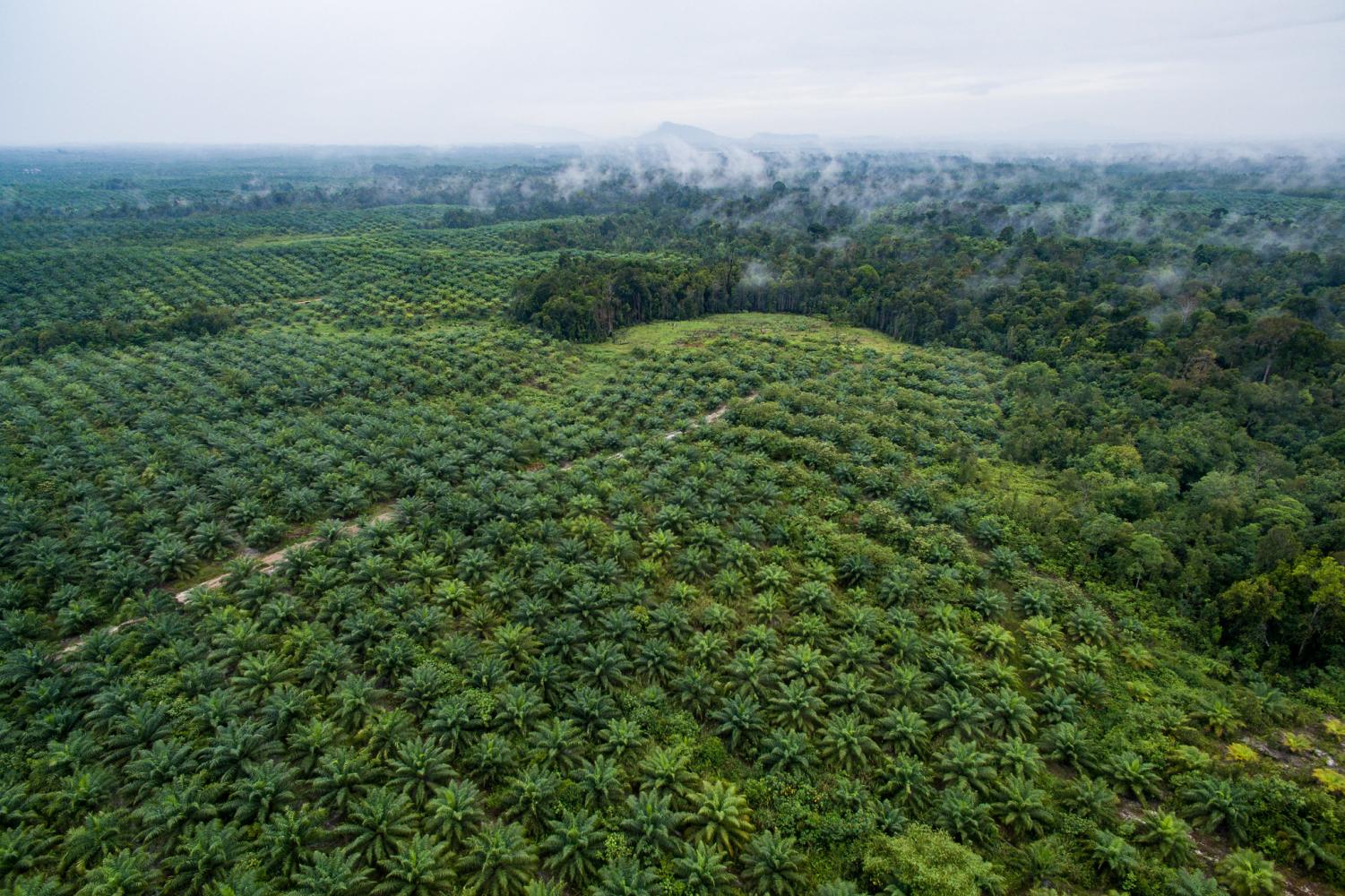Editorial: Palm Oil causing deforestation in rainforests
March 10, 2021
Palm oil plantations cover more than 27 million hectares. To put this in perspective, New York City is 78 thousand hectares.
All this land cleared is pushing orangutans, Borneo elephants, and Sumatran tigers closer to extinction and the biofuels have three times the climate impact of traditional fossil fuels, according to Rainforest Rescue.
First, what even is palm oil? Oil palm trees produce a fruit that can be made into two types of oil. Crude palm oil is the oil from the flesh of the fruit and palm kernel oil which comes from crushing the kernel in the fruit. Palm oil is in almost 50% of packaged products from food items to toiletries and cosmetics. Except for the United Kingdom, it is also used as a biofuel. The versatility of palm oil makes it very useful and profitable, according to the World Wide Fund for Nature.
One of the many problems is the environmental impact of all of the clearing of rainforests and homes of the unique animals that live there. In the 1990s, about 315 thousand orangutans roamed, but today their numbers have been reduced to 50 thousand. That’s about 9 thousand orangutans dying every year, according to Biofriendly Planet. The trees are first cut down, and anything left from trees to animals are burnt down. The emissions from the fires result in 18 percent of greenhouse gas emissions according to Rainforest Rescue.
The thought that Palm Oil isn’t that bad because trees are still being planted in place of the trees being cut down, is incorrect. The technique used to farm palm oil is called monocropping, cornfields is another example of this style of farming. This means that there is one type of plant or tree being produced on a farm. The richness of nutrients in the soil is greatly reduced, making it a threat to the speediness of a rebound of the natural plant life if this farming stops, 2017 research published in PLoS ONE found.

There is a way to buy palm oil sustainably, the Roundtable on Sustainable Palm Oil (RSPO) has standards that ensure production of palm oil is sustainable. 20% of palm oil produced is sustainable, according to the Palm Oil Buyers Scorecard. Products using these guidelines have the RSPO label on them. The World Wild Fund for Nature advises that while palm oil is in many products it is not often clearly listed on ingredient lists. It can be present under a number of other names including: vegetable oil, Palmitate, Palmolein, Sodium Laureth Sulfate, among others.
Palm oil doesn’t have to be avoided, but sustainability sourcing palm oil needs to be more common than not sustainably sourcing it. Being aware of supporting businesses using the RSPO label and avoiding those that don’t is a small step to take in protecting the environment.

